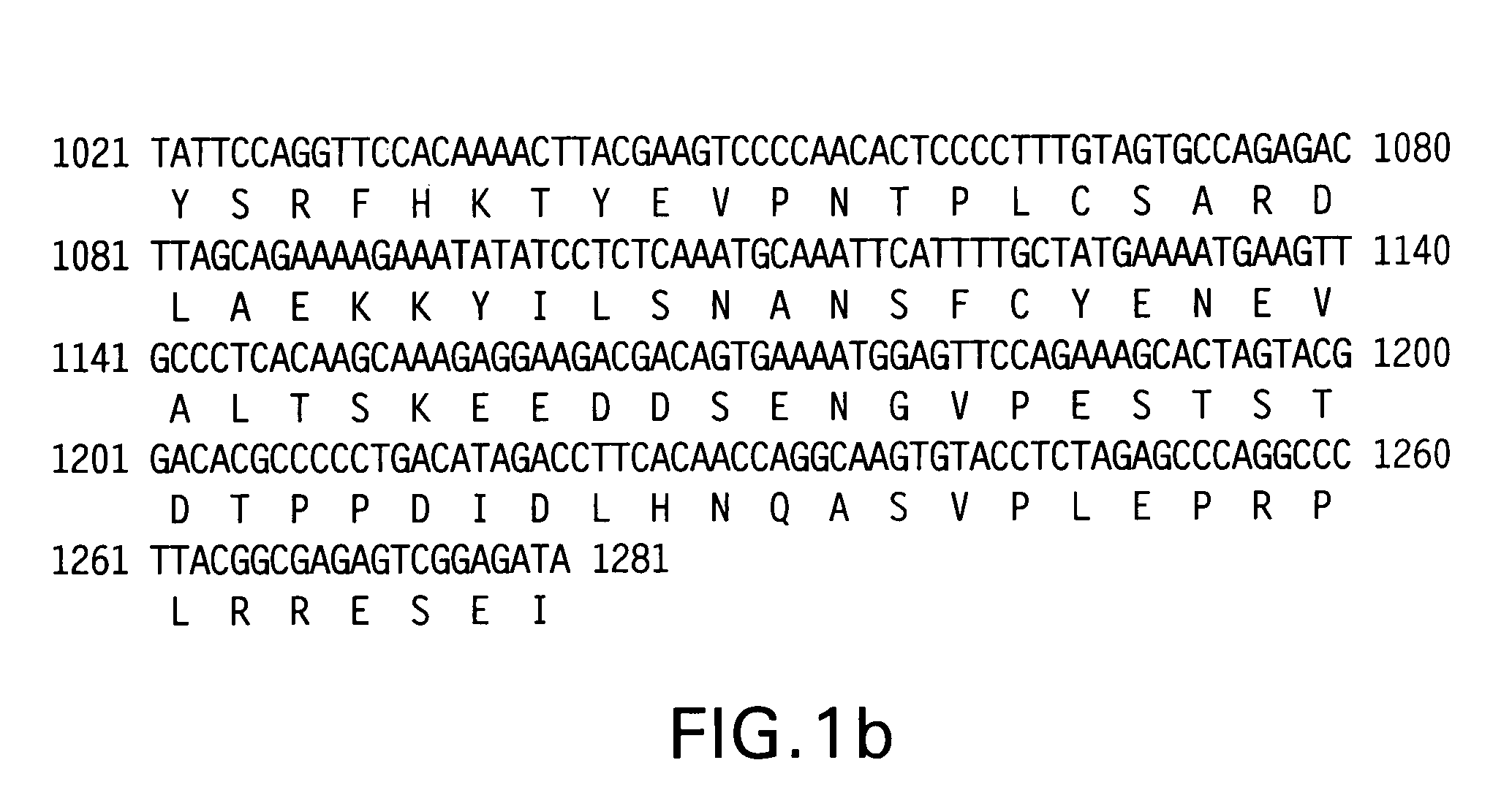HEK293 cell line for activity studies and HTS system of α1G T-type Ca2+ channel
a cell line and activity study technology, applied in the field of cell lines, can solve the problems of inability to study the membrane voltage currently, the signaling pathway mechanism of the t-type calcium channel in the nerve cell, and the scientific researches for developing t-type calcium channel inhibitors are severely undermined, and it is technically impossible, if not impossible, to study and research the t-type calcium channel without resorting to the traditional electrophysiological method. , to achieve the effect of high efficiency
- Summary
- Abstract
- Description
- Claims
- Application Information
AI Technical Summary
Benefits of technology
Problems solved by technology
Method used
Image
Examples
example 1
Cell Line and Culture Method
[0025]The cell line of the present invention was first created by using HEK293 cell line which already expresses α1G T-type calcium channel stably and consistently. As briefly mentioned above, such cell line had been established by and originated from Edward Perez-Reyes of University of Virginia. The experiments were carried out by using the cell line (α1G HEK293) expressing stable α1G T-type calcium channel as a control and the HEK293 cell line of the present invention (Kir2.1+α1G HEK293) expressing stable Kir2.1 with α1G T-type calcium channel.
[0026]The culture medium of the control was prepared by adding 10% fetal bovine serum and 1% penicillin / streptomycin (v / v) to Dulbecco's modified Eagle's medium (DMEM), and the cell was incubated in a vessel under a humidified condition of 95% air / 5% CO2 at or about 37° C. The culture medium was exchanged with a fresh medium once in 3–4 days and the cell was sub-cultured each week. A solution of geneticin selectiv...
example 2
Retrovirus Expression System
[0028]The whole base sequence of human Kir2.1 gene shown in FIG. 1 (SEQ. ID. NO. 1) was cloned into pMSCVpuro (Clontech, FIG. 2).
[0029]To obtain a base sequence of Kir2.1, the plasmid cDNA library (Takara) was subjected to PCR with the cycle profiles: 1 cycle of about 5 min at approximately 95° C.; 30 cycles of about 30 sec at approximately 95° C., about 30 sec at approximately 55° C. and about 2 min at approximately 72° C.; and 1 cycle of about 7 min at approximately 72° C. by using Kir2.1 XhoI Forward primer (SEQ. ID. NO. 3) and Kir2.1 RI Reverse primer (SEQ. ID. NO. 4).
[0030]Kir2.1 XhoI Forward primer (SEQ. ID. NO. 3);[0031]5′-ccgctcgaggccgccatgggcagtgtgag-3′
[0032]Kir2.1 RI Reverse primer (SEQ. ID. NO. 4);[0033]5′-ccggaattctcatatctccgattctcgcc-3′
[0034]The obtained Kir2.1 gene was treated with XhoI and EcoRI restriction enzymes. The Kir2.1 gene was then introduced into pMSCVpuro which was treated with the same enzymes to prepare plasmid Kir2.1-pMSCVpuro...
example 3
Cell Membrane Voltage Determination
[0038]EPC-9 amplifier (HEKA, Germany) was used to determine a cell membrane voltage difference after expression of inwardly rectifying potassium (IRK)-type potassium channel, Kir2.1, in a single cell level by electrophysiological nystatin-perforated patch-clamp method. An extracellular solution for determining IRK-type potassium channel activity comprised KCl 10 mM, KOH 90 mM, L-aspartic acid 90 mM, MgCl2 1 mM, NaCl 1 mM and HEPES 10 mM (pH 7.4). An intracellular solution comprised NaCl 140 mM, KCl 3 mM, MgCl2 1 mM, CaCl2 1.5 mM, glucose 10 mM and HEPES 10 mM (pH 7.4).
[0039]For determining membrane voltage, the prepared intracellular solution was mixed with nystatin (250 μg / ml) and the resulting solution was introduced into a microglass electrode of 3–4 MΦ resistance. Then, the single cell was pricked with the electrode to determine the cell membrane voltage in a whole-cell recording mode.
[0040]FIG. 3 is a graph showing the membrane voltage of HEK2...
PUM
| Property | Measurement | Unit |
|---|---|---|
| v/v | aaaaa | aaaaa |
| v/v | aaaaa | aaaaa |
| concentration | aaaaa | aaaaa |
Abstract
Description
Claims
Application Information
 Login to View More
Login to View More - R&D
- Intellectual Property
- Life Sciences
- Materials
- Tech Scout
- Unparalleled Data Quality
- Higher Quality Content
- 60% Fewer Hallucinations
Browse by: Latest US Patents, China's latest patents, Technical Efficacy Thesaurus, Application Domain, Technology Topic, Popular Technical Reports.
© 2025 PatSnap. All rights reserved.Legal|Privacy policy|Modern Slavery Act Transparency Statement|Sitemap|About US| Contact US: help@patsnap.com



